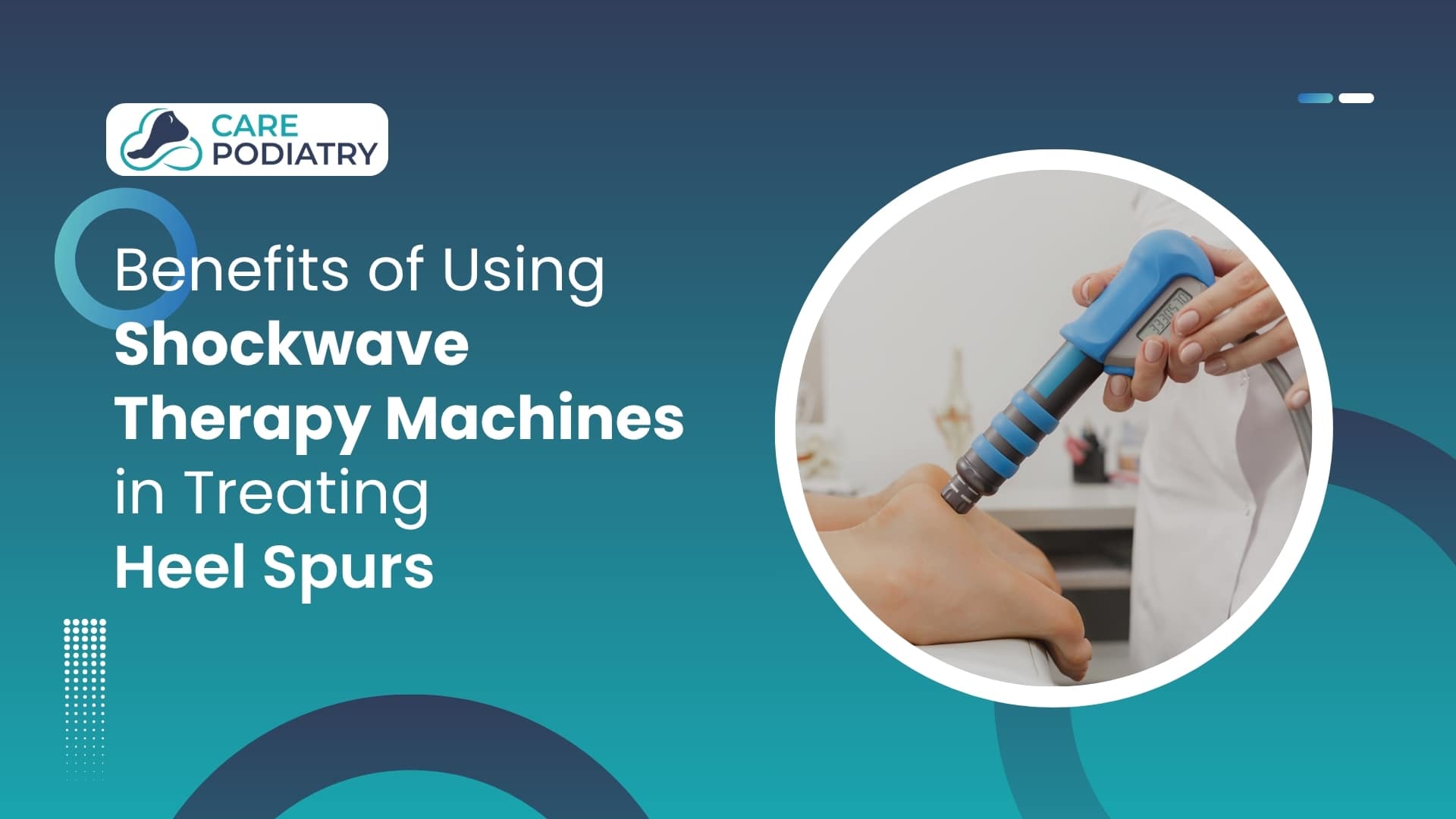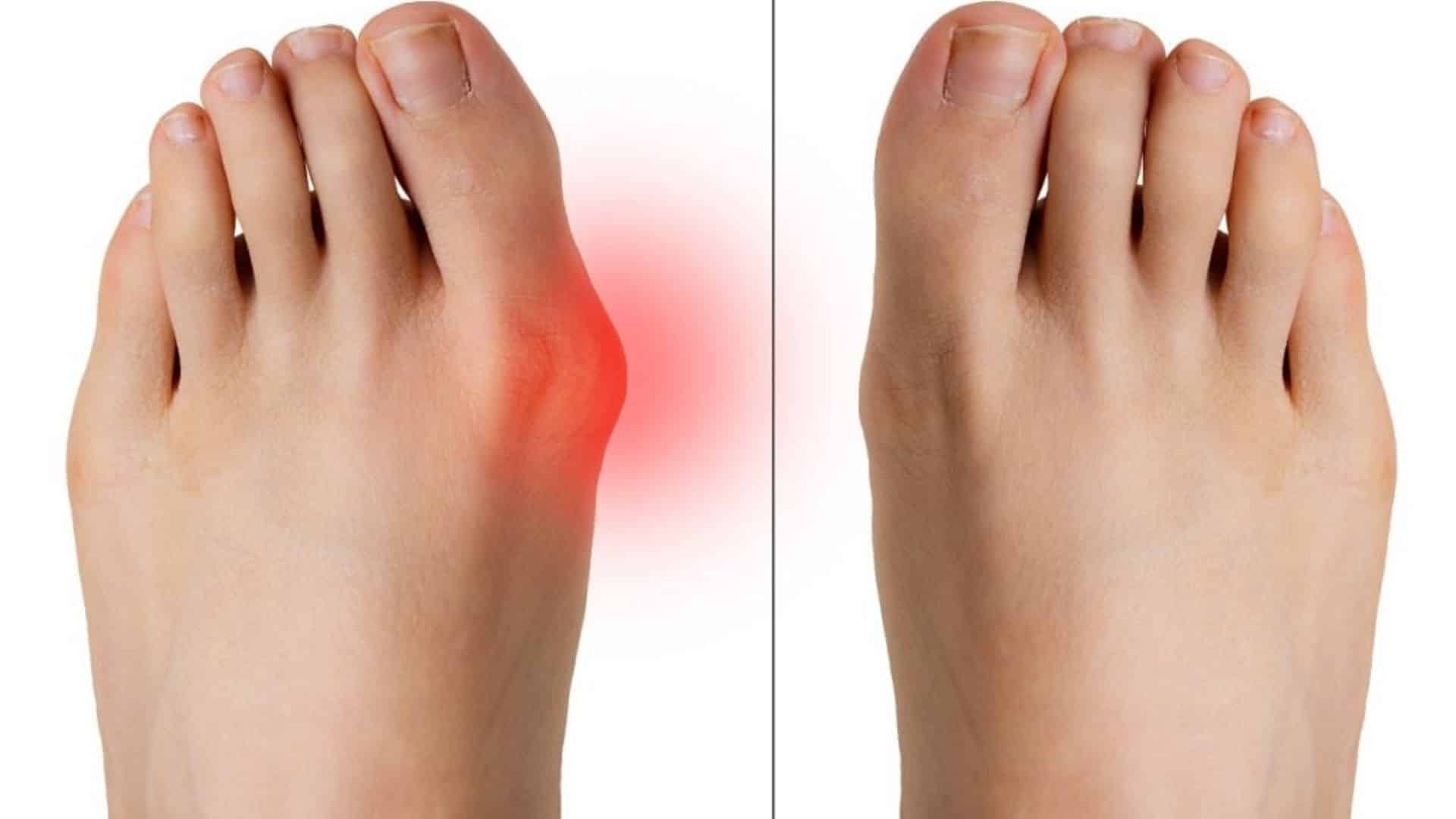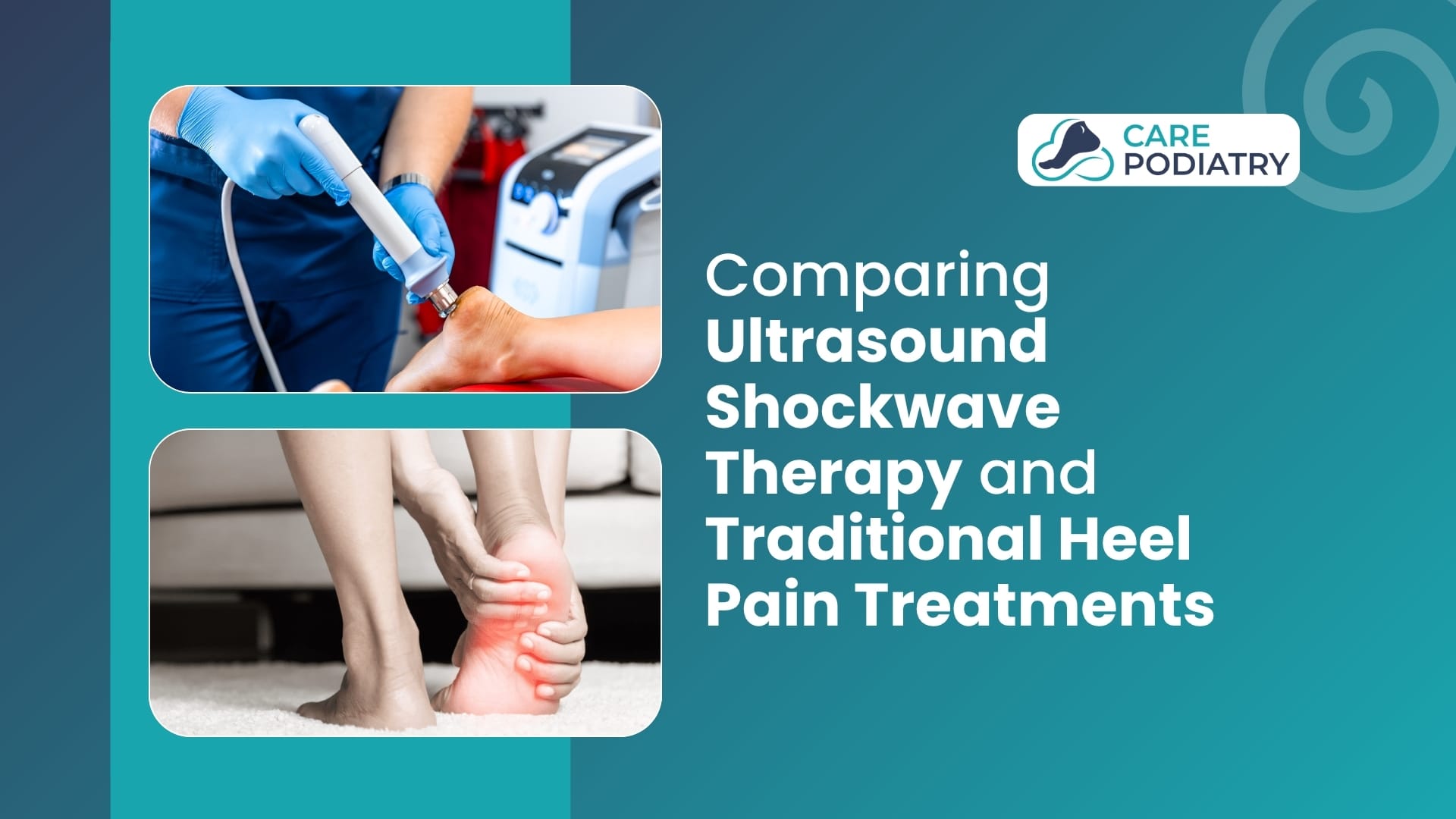
Benefits of Using Shockwave Therapy in Treating Heel Spurs
Heel spurs are abnormalities of the heel that are created through the growth of calcium on the lower surface of the heel bone. Their causes are usually repetitive stress, overuse or stress on the plantar fascia.



